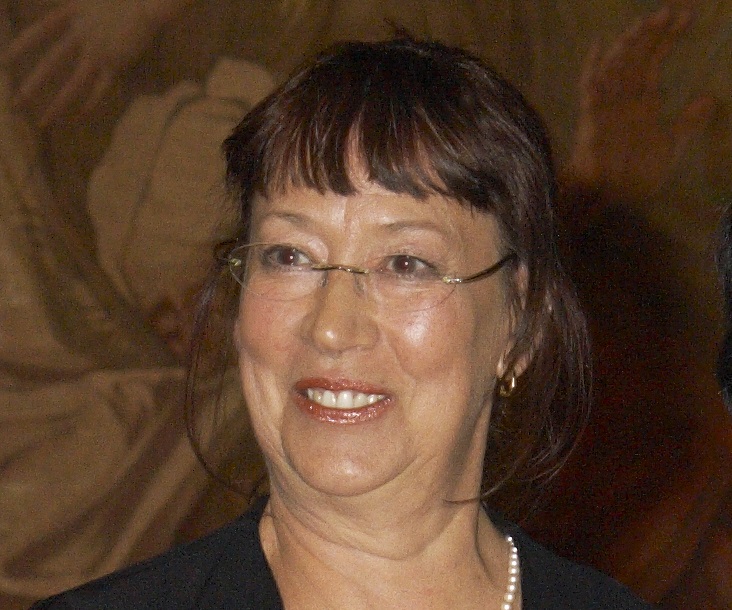
Delivery of BDNF to motor neurons to promote axonal regeneration and recovery of motor function
Chief Investigator: Dr Renée Morris
The University of New South Wales
Co-Investigators: Associate Professor Matthias Klugmann and Professor Ian Q. Whishaw
In Australia, 10,000 people are living with spinal cord injury, with health costs estimated to be $ 2 billion dollars per year. Over recent decades, significant research efforts have been deployed to find ways to promote axonal regeneration. More recently, scientists have gathered evidence that BDNF, a protein that is essential for the maintenance of axonal connections, can promote growth and repair after a spinal cord injury. In the laboratory rat, for instance, it has been shown that cell implants that secrete BDNF, if placed in the injured spinal cord, can trigger axonal elongation. Unfortunately however, injured axons tend to dwell in the BDNF-secreting implants rather than to elongate enough to reconnect with motor neurons, a process that is essential for the recovery of motor function. What stops the elongating axons from leaving the BDNF-rich implant? One may speculate that BDNF-secreting implants provide such an ideal environment for the injured axons that they prefer to stay within the implants’ boundaries rather than to seek out for their lost motor neurons.
This research project seeks to overcome the limitations associated with BDNF-secreting cell implants. We propose to lure injured axons towards motor neurons. With the use of a deactivated virus, BDNF gradients will be created along the injured axons path. Injured axons will have to elongate to reach the first source of BDNF. They will need to elongate even more to get to the next source of BDNF, and so on and so forth, hence bringing them each time closer to their lost targets. This innovative gene therapy scenario, by encouraging axons to elongate enough to possibly reconnect with motor neurons, has the potential to overcome the poor outcomes obtained so far with static implants of genetically engineered cells, therefore bringing gene therapy a step closer for human spinal cord injury.



 The Brain Foundation is the largest, independent funder of brain and spinal injury research in Australia. We believe research is the pathway to recovery.
The Brain Foundation is the largest, independent funder of brain and spinal injury research in Australia. We believe research is the pathway to recovery.